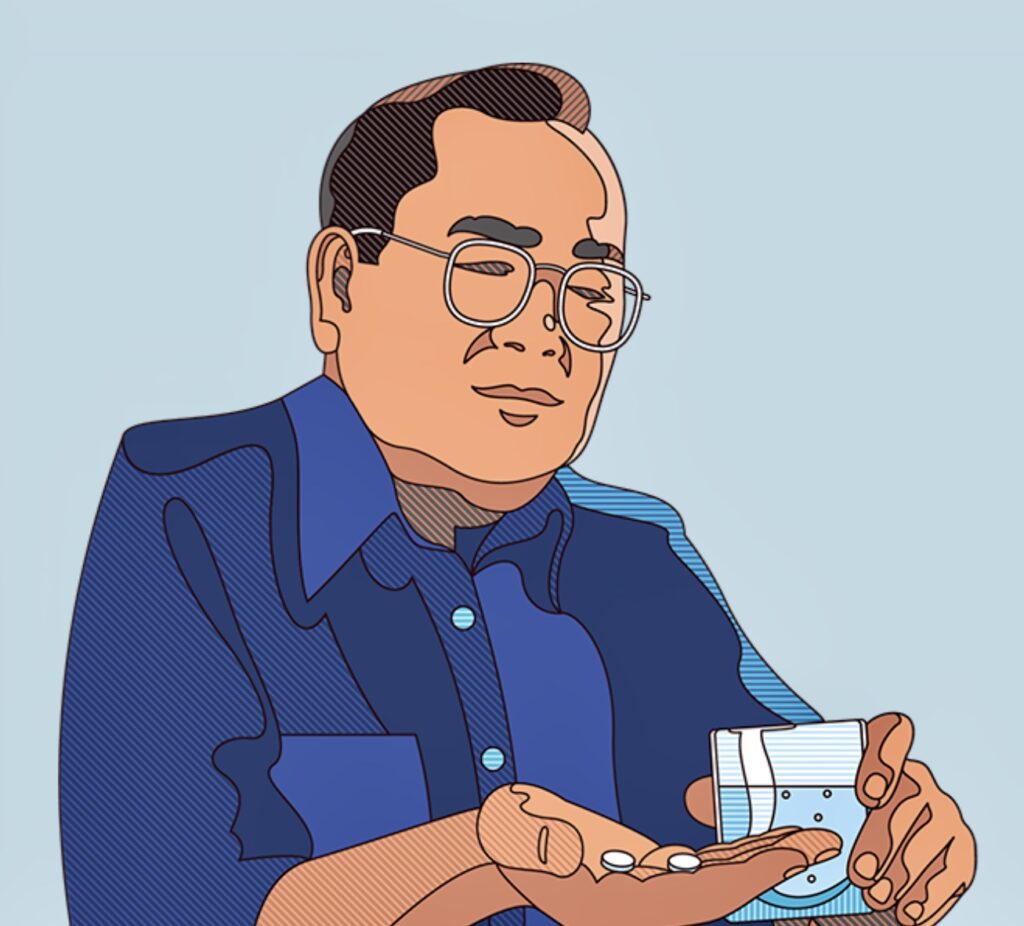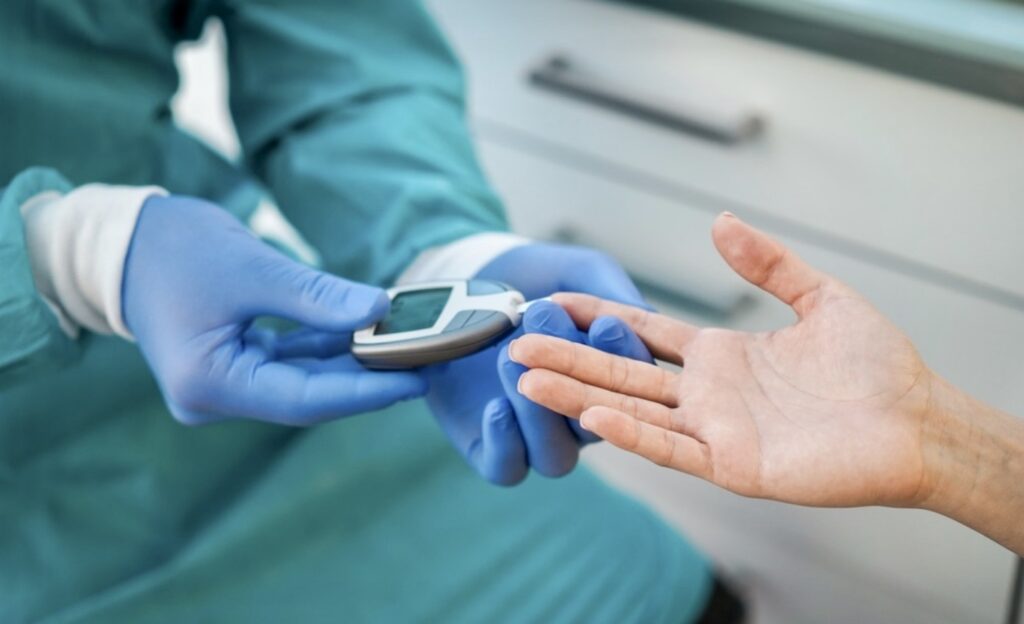Text by Henrylito D. Tacio
Photos: Shutterstock, diabetes.co.uk, and worlddiabetesday.org
“A silent killer disease” – that’s how Dr. Roy B. Ferrer describes diabetes. In this country, one in 14 Filipino adults lives with diabetes, according to the International Diabetes Foundation (IDF).
Dr. Ferrer knows what he is talking about. He is an internist (he received his doctor of medicine from Davao Medical School Foundation in 1990) and a master of science in internal medicine, majoring in diabetology (from the University of the East Ramon Magsaysay Memorial Medical Center in 1999). The Davao Chapter Diabetes Philippines, where he was the president from 2009 to 2012, was awarded the Best Diabetes Chapter. during his reign.
Diabetes, he points out, is mostly downplayed. To think it is one of the leading diseases of morbidity and mortality in the Philippines. The Department of Health lists diabetes as the sixth leading cause of death among Filipinos.
In addition, diabetes is “the leading cause of end stage kidney failure, blindness, stroke and heart attack,” Dr. Ferrer laments. “Noteworthy to give attention, too, is that behind the mortalities of coronavirus disease infection are those who have poor control in diabetes and its complications.”
Last November 14, the Philippines joined the international community in commemorating World Diabetes Day. But the sad thing is that only very few know that there is such commemoration.
An estimated 7.3 million Filipinos have diabetes, with 3.5 million of them diagnosed and the remaining ones undiagnosed. It is no wonder why the Philippines is now touted as a “diabetes hotspot.”
A study published in the Philippine Journal of Internal Medicine showed the prevalence of individuals with diabetes living in the urban areas (8.5%) compared to those in the rural areas (5.7%). “Diabetes is slightly more preponderant among females at 7.4% compared to males at 7.0%,” it said.
Every 6 seconds, studies show, one person dies of diabetes complications.
Medical science considers diabetes a chronic disease. “Your blood glucose levels are controlled by insulin, a hormone produced by your pancreas,” explains accu-chek.com.ph. “When you eat, food gets broken down and glucose enters your bloodstream. Insulin takes the glucose out of your bloodstream and allows it to enter your cells where it is broken down and turned into energy.”
A person who has diabetes either doesn’t have enough insulin, or the insulin the person has doesn’t work to get the glucose out of his blood and into his cells. This is how the blood glucose ends up going higher than it should.
There are two main types of diabetes. With type 1 diabetes, the pancreas doesn’t make insulin at all. In type 2 diabetes, the pancreas doesn’t make enough insulin, or the insulin doesn’t work correctly.
The start of type 1 diabetes usually happens fast, and the symptoms may be intense. Symptoms of type 2 diabetes, on the other hand, are usually mild (or even not there at all) and appear over time.
Common symptoms of either type include the following: frequent urination, excessive thirst, increased hunger, unexplained weight loss (type 1), feeling tired and lethargic, lack of interest and concentration, a tingling sensation or numbness in the hands or feet, blurred vision, frequent infections, headaches/feeling dizzy, slow-healing wounds, and vomiting and stomach pain.

Taking medicines 
Knowing blood sugar
More often than not, people with diabetes also suffer from hypoglycemia (low blood glucose). This occurs when the blood glucose level drops to 70 mg/L or below. It happens when there is too much insulin or diabetes medication in your body.
The symptoms of hypoglycemia are shakiness, weakness, or chills, irritability or confusion, hunger, dizziness or nausea, blurred vision or headache, slurred speech, and seizures or unconsciousness.
The best way to avoid getting diabetes complications is to be diagnosed early.
“Getting diagnosed early is important because most of its serious complications are preventable,” assures Dr. Marie Yvette Rosales-Amante, who had her fellowship in endocrinology, diabetes, and metabolism at the University of Massachusetts.
“Diabetes doesn’t need to be a life sentence of ill health,” wrote Lam Lye Cheng in an article published in Reader’s Digest some years back. “With prompt diagnosis, simple lifestyle adjustments and, if necessary, medications, people with diabetes can expect to have a long and productive life.”
Dr. Gauden Galea, a public health physician who was still with the regional office of the World Health Organization when interviewed by this author a couple of years ago, agrees: “Diabetes is not a death sentence. A normal life is possible with diabetes.”
History has proven this. Among those who have defied diabetes include Filipino singer Gary Valenciano, Soviet premier Yuri Andopov, Israeli Prime Minister Menachem Begin, French painter Paul Cezanne, American inventor Thomas Edison, American writer Ernest Hemingway, Oscar winner Spencer Tracy, Egyptian politician Gamal Abdel Nasser, and English author H.G. Wells.
Generally, people with diabetes are advised to eat most of the following: legumes, lentils, cereals, fresh fruits (non-sweet), and vegetables.
What about rice? “Rice is a traditional diet for Asians and provides a rich source of many essential vitamins and minerals,” explains Dr. Tham May Ked, senior medical officer of the Department of Health in Hong Kong. “For diabetics, the key is moderation.”
Likewise, diabetics must have small portions of foods rich in protein like fish, seafood, lean meat, skinless chicken, nuts, low-fat cheese, yogurt, and milk. They must minimize eating foods and drinks that contain a lot of simple sugar, such as honey, sweets, cakes, soft drinks, and beer, among others.

